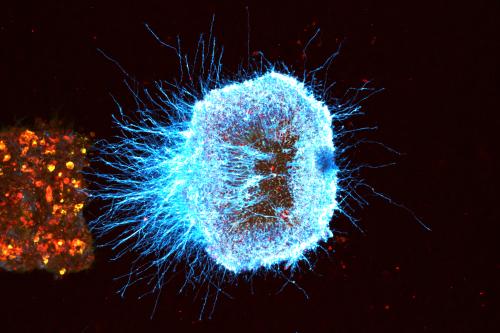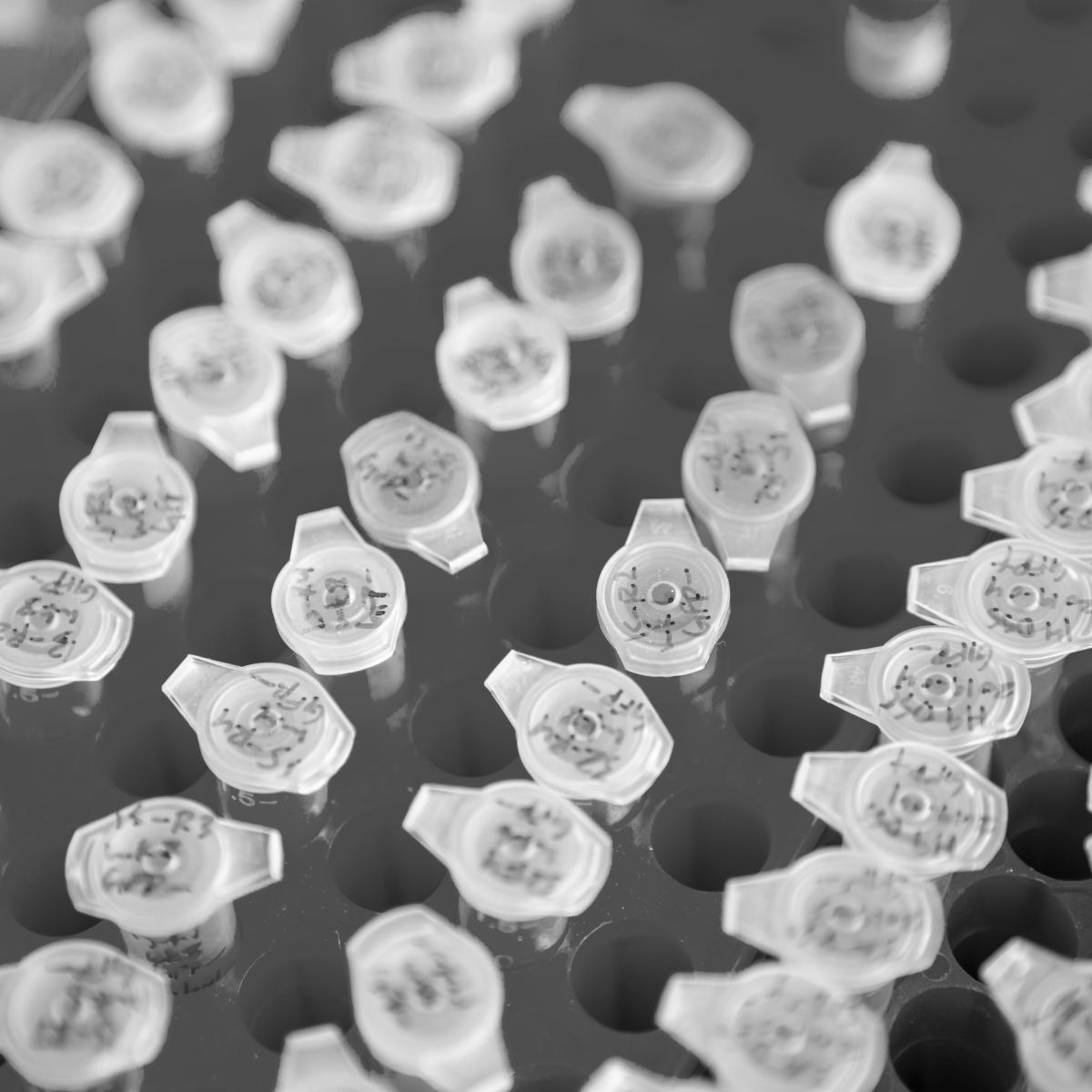

An ultraprecise form of gene editing A type of gene therapy that works by delivering genetic material that can directly edit pieces of DNA within a cell. This changes the instructions the DNA encodes for, which ultimately results in an increase or decrease in the production of a certain protein and the restoration of proper cell function. gene editing A type of gene therapy that works by delivering genetic material that can directly edit pieces of DNA within a cell. This changes the instructions the DNA encodes for, which ultimately results in an increase or decrease in the production of a certain protein and the restoration of proper cell function. that enables scientists to correct single-letter mutations in DNA Short for deoxyribonucleic acid, DNA is a double-stranded molecule that serves as the genetic blueprint for living organisms. Composed of four chemical bases, DNA encodes the instructions necessary for protein synthesis and governs the development, function, and inheritance of traits in an organism. DNA Short for deoxyribonucleic acid, DNA is a double-stranded molecule that serves as the genetic blueprint for living organisms. Composed of four chemical bases, DNA encodes the instructions necessary for protein synthesis and governs the development, function, and inheritance of traits in an organism.. Unlike the gene editing platform CRISPR A gene editing technology that enables scientists to remove, add or alter DNA at precise locations in the genome to prevent, treat or cure disease. One component acts as a navigation system that can be programmed to seek out a particular DNA sequence and the other component acts as a pair of "molecular scissors" that can cut two strands of DNA at that location to enable gene modification. CRISPR A gene editing technology that enables scientists to remove, add or alter DNA at precise locations in the genome to prevent, treat or cure disease. One component acts as a navigation system that can be programmed to seek out a particular DNA sequence and the other component acts as a pair of "molecular scissors" that can cut two strands of DNA at that location to enable gene modification., which cuts both strands of the chromosome to make changes to DNA, base editing An ultraprecise form of gene editing that enables scientists to correct single-letter mutations in DNA. Unlike the gene editing platform CRISPR, which cuts both strands of the chromosome to make changes to DNA, base editing chemically changes one DNA base letter into another — an A to a G, for example — leaving the chromosome intact. base editing An ultraprecise form of gene editing that enables scientists to correct single-letter mutations in DNA. Unlike the gene editing platform CRISPR, which cuts both strands of the chromosome to make changes to DNA, base editing chemically changes one DNA base letter into another — an A to a G, for example — leaving the chromosome intact. chemically changes one DNA base letter into another — an A to a G, for example — leaving the chromosome intact.
Aims to improve scientific theories for a better understanding and prediction of natural phenomena. Discoveries made through basic research can advance our understanding of processes that underlie the development and function of living organisms. Better understanding of how things work sometimes leads to breakthroughs in disease research and treatment.
Combines biology and computational science. It involves analyzing biological data using computational tools, such as algorithms and databases. Bioinformatics helps researchers sift through large amounts of data to understand biological processes, and study genes, proteins and genomes.
A measurable indicator of the severity, presence or risk of a disease. These molecular markers can be found in blood, body fluids or tissues and provide valuable insights into health conditions, disease progression and treatment responses.
An embryo The early developmental stage of a multicellular organism, typically occurring after fertilization of an egg cell by a sperm cell. embryo The early developmental stage of a multicellular organism, typically occurring after fertilization of an egg cell by a sperm cell. in its very early stage, usually 5 to 6 days old, that has not implanted or attached to a uterus. It is made up of a small group of inner cells, which will develop into the embryo, and an outer layer of cells, which will develop into the placenta and amniotic membranes.
A medical procedure that replaces diseased or damaged blood stem cells A type of tissue-specific stem cells found in the blood and bone marrow that can form various types of mature blood and immune cells. These cells play a crucial role in maintaining the body's blood supply and immune system by continuously producing new blood cells throughout a person's life. blood stem cells A type of tissue-specific stem cells found in the blood and bone marrow that can form various types of mature blood and immune cells. These cells play a crucial role in maintaining the body's blood supply and immune system by continuously producing new blood cells throughout a person's life. with healthy ones. These transplants are commonly used to treat cancers like leukemia, lymphoma and myeloma, as well as other blood and immune system disorders.
A type of tissue-specific stem cells Mature stem cells that are found in many adult organs and tissues (such as the brain and muscles). Unlike pluripotent stem cells, they can only produce the cell types found in the organ or tissue they inhabit. They're responsible for replacing cells that have been lost due to natural wear and tear, injury and illness throughout life; however, their ability to do so decreases with age. tissue-specific stem cells Mature stem cells that are found in many adult organs and tissues (such as the brain and muscles). Unlike pluripotent stem cells, they can only produce the cell types found in the organ or tissue they inhabit. They're responsible for replacing cells that have been lost due to natural wear and tear, injury and illness throughout life; however, their ability to do so decreases with age. found in the blood and bone marrow that can form various types of mature blood and immune cells. These cells play a crucial role in maintaining the body's blood supply and immune system by continuously producing new blood cells throughout a person's life.
